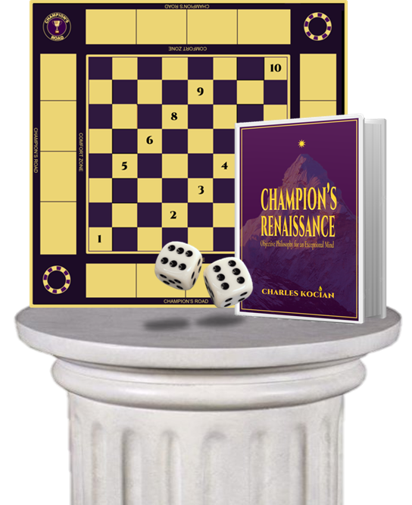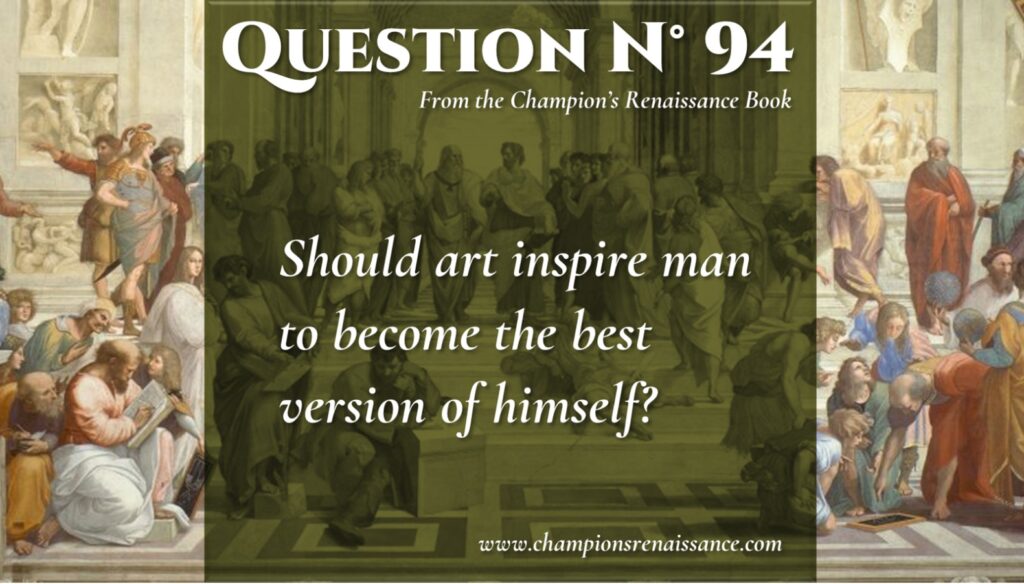ART
By Charles Kocian
While Netanyahu continues the genocide in Gaza, at University of Cambridge an activist group destroyed a portrait of Lord Balfour painted in 1914, three years before he signed the Balfour Declaration. The painting was at one of the walls of the Trinity College at Cambridge where King Charles III and Balfour assisted themselves. A Cambridge police statement said officers were on the scene to investigate a report of “criminal damage.” The activist group, called Palestine Action, said its action was to call the attention and stop “the bloodshed of the Palestinian people since the Balfour Declaration was issued.”
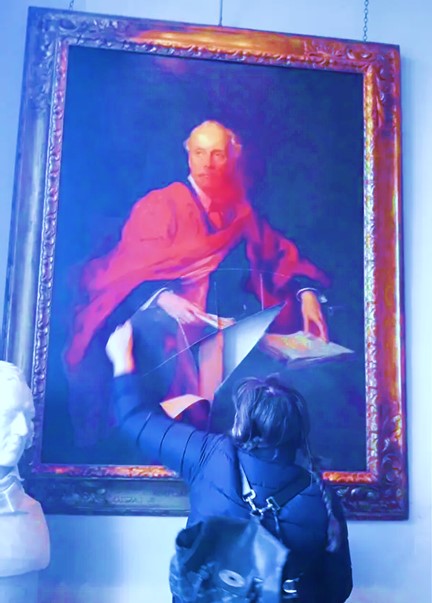
Destruction of Balfour portrait by a Palestinian activist.
The Balfour Declaration is a short declaration with horrible consequences to the history of the world, and it reads:
“Foreign Office, November 2, 1917
Dear Lord Rothschild,
I have much pleasure in conveying to you, on behalf of His Majesty’s Government, the following declaration of sympathy with the Jewish Zionists aspirations which has been submitted to, and approved by, the Cabinet.
His Majesty’s Government view with favour the establishment in Palestine of a national home for the Jewish people, and will use their best endeavours to facilitate the achievement of this object, it being clearly understood that nothing shall be done which may prejudice the civil and religious rights of existing non-Jewish communities in Palestine or the rights and political status enjoyed by Jews in other country.
I should be grateful if you would bring this declaration to the knowledge to the Zionists Federation.
Yours,
Arthur James Balfour”

Original Balfour Declaration.
Given the Gaza genocide, the destruction of this painting is a protest to the Zionist Federation that, since after WWI, did not respect the Balfour Declaration in the part that says “nothing shall be done which may prejudice the civil and religious rights of existing non-Jewish communities in Palestine.” The Security Council and the ICJ of the UN has not been able to give any solution to this problem since after WWII and today Biden is sending the bombs to Israel and food with parachutes to civilians Palestinians victims of genocide, making the US complicit.
Destruction of art has been a constant in history, a destruction related to war, religion and politics, and this also happened in the time of the Renaissance.
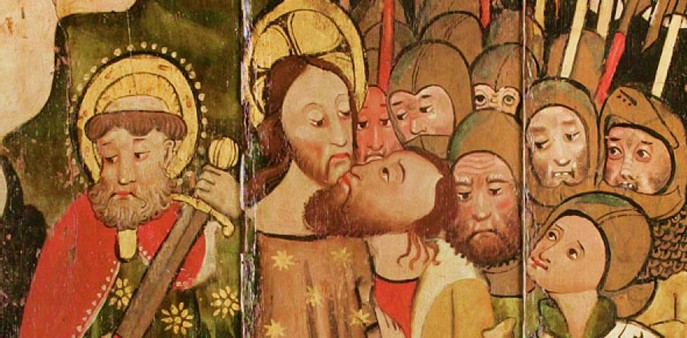
Indeed, just in England, more than ninety percent of the medieval religious art was destroyed in the Reformation. A 16th century painting depicting Judas’ betrayal of Christ, apparently survived. Painted in wooden panel and dated around the year 1460 it resalts the moment when Judas betrayed Christ, something Catholic and Protestant congregations didn’t like. Using infra-red photography, it was found the reverse had traces of writing of the 16th century proving the painting had been recycled at the time of the Reformation, turning around the original painting with Judas kiss image, turn it around, and write the Ten Commandments in the other side, something common for Protestants churches decorations.

In ancient Greece also art was destroyed by many reasons. In its latest book, author Rachel Kousser book read in Amazon “The Afterlives of Greek Sculpture is the first comprehensive, historical account of the afterlives of ancient Greek monumental sculptures. Whereas scholars have traditionally focused on the creation of these works, Rachel Kousser instead draws on archaeological and textual sources to analyze the later histories of these sculptures, reconstructing the processes of damage and reparation that characterized the lives of Greek images. Using an approach informed by anthropology and iconoclasm studies, Kousser describes how damage to sculptures took place within a broader cultural context. She also tracks the development of an anti-iconoclastic discourse in Hellenic society from the Persian wars to the death of Cleopatra. Her study offers a fresh perspective on the role of the image in ancient Greece. It also sheds new light on the creation of Hellenic cultural identity and the formation of collective memory in the Classical and Hellenistic eras.”
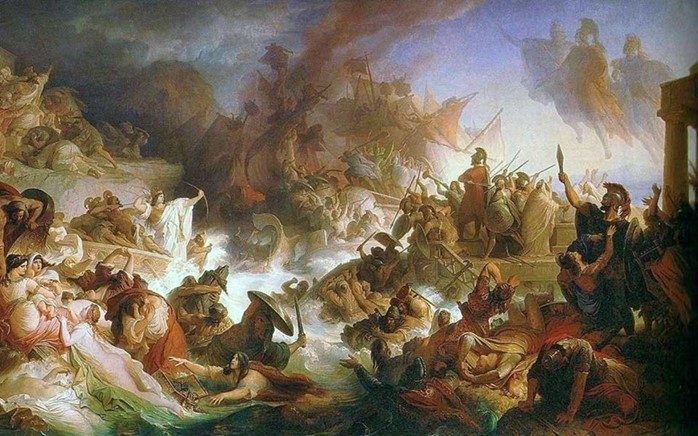
Battle of Salamis by artist Wilhelm von Kaulbach. When Persia destroyed Greek art.
CONCLUSION
Is art the manifestation of values of a certain culture? What is the meaning of the concept “art”, “value” and “culture”? Should art be beautiful and inspire man to its best possibilities? Does beauty derive from nature’s order or whim? Is modern art sometimes a joke or even repugnant? What is the meaning of the concept “beauty”? The British philosopher Roger Scruton, in his documentary produced in 2009, Why Beauty Matters shows how beauty has been taking out from art and suggest how to restore its essence. I suggest to see it.
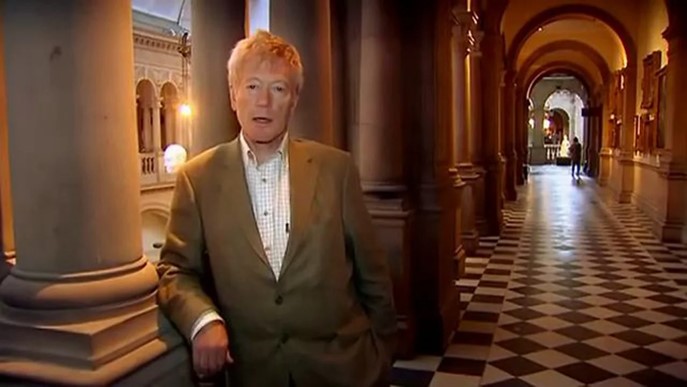
Roger Scruton and his documentary Why Beauty Matters
As a conclusion I can say that there is an objective beauty and an objective art, that derive from the beauty of nature and more, to inspire man to its best possibilities. The objective art and beauty should inspire man to rise to his best chance of existence and indirectly express higher human values.
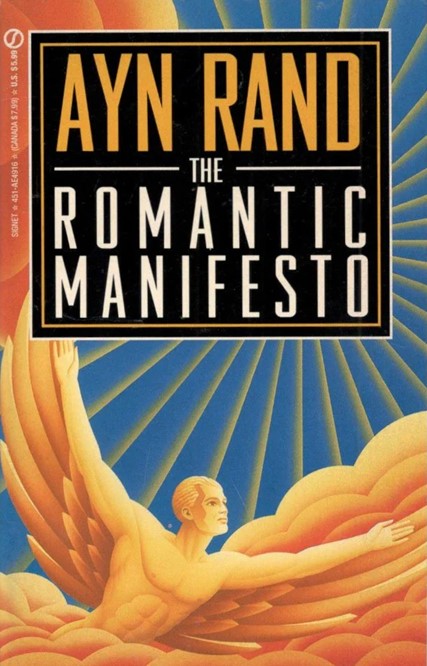
Art creates cultural models and imprints values on the minds of the new generations and, in that sense, it can elevate or degrade humanity. Objective art can create the character of the New Renaissance’ Man by inspiring the youth to sculpt the best version of themselves and a better world.
In The Romantic Manifesto, a book wrote by Ayn Rand’s, that I suggest to read, it says:
“Those who think that nothing is outside the field of reason will find in this book the foundations of a rational aesthetic. It is the absence of such a base that has made possible the obscenely grotesque degradation of art today.”
Now answer to question 94.
QUESTION N° 94
Should art inspire man to become the best version of himself?
a) Yes
b) No
The answer is: a) Yes. Art, instead of being rubbish-whim or propaganda it should elevate man to the best he can and should become as an individual: the optimal-rational-animal he could be. That would mean eudaimonia for him and a New Renaissance for humanity.
Leave your comments here.
Download the free philos0phy game below.
